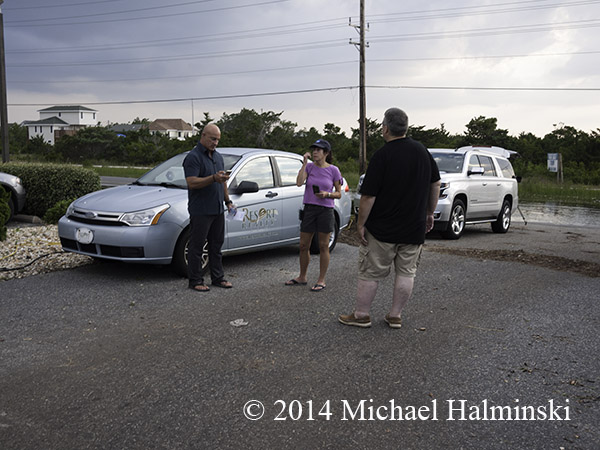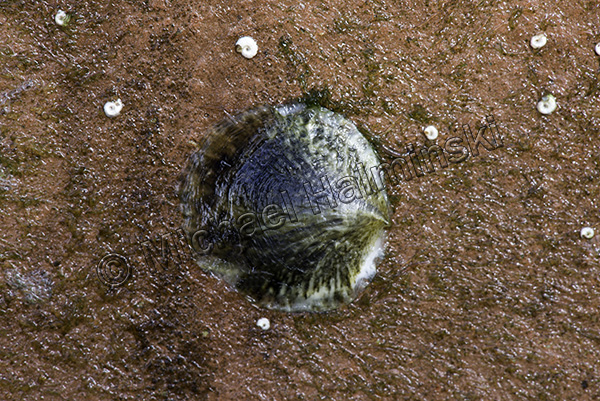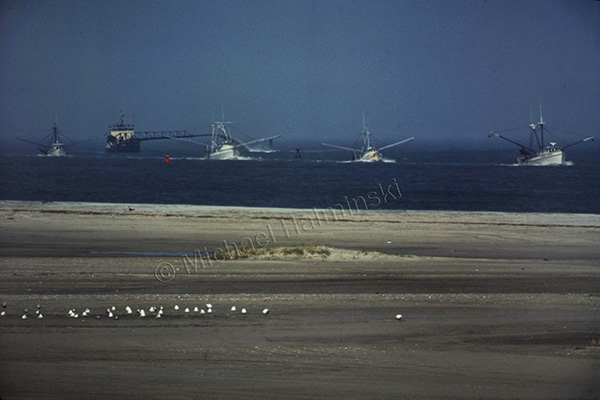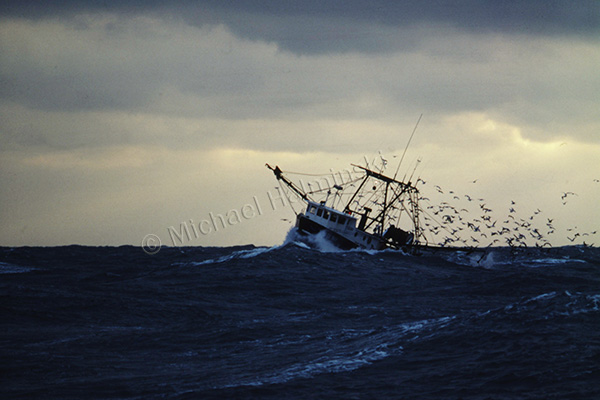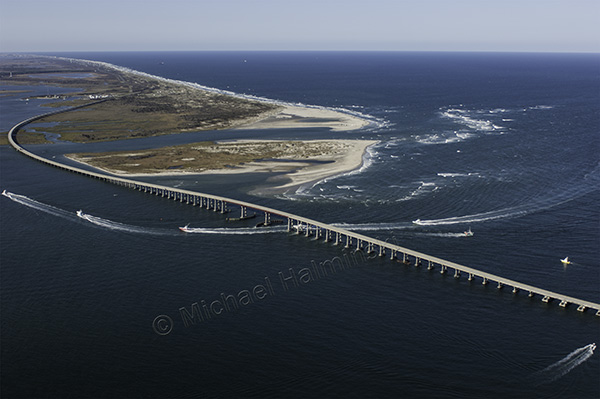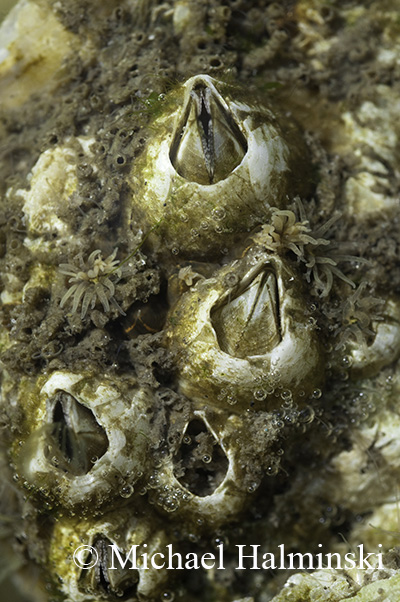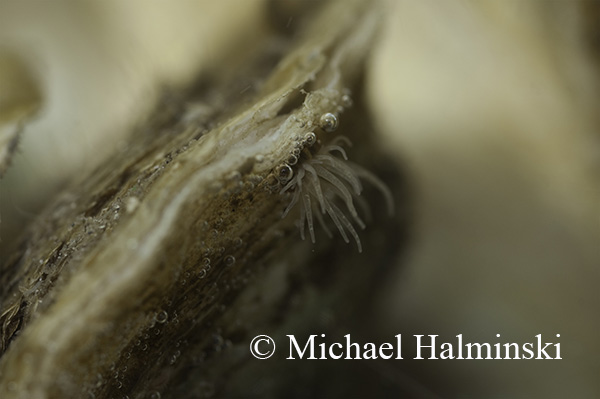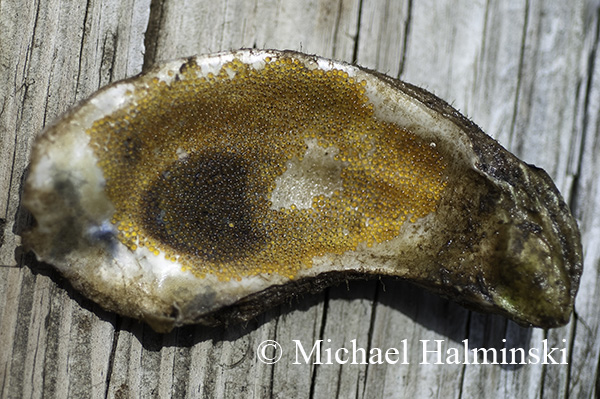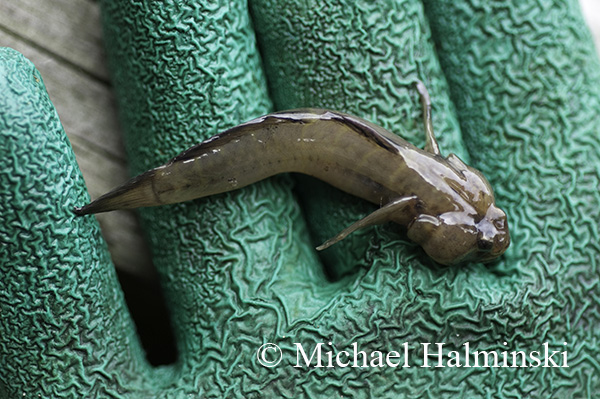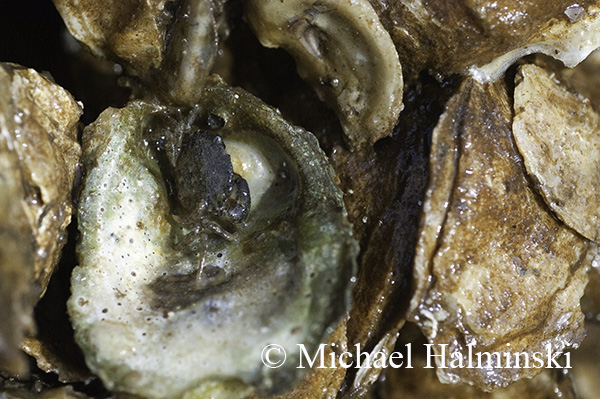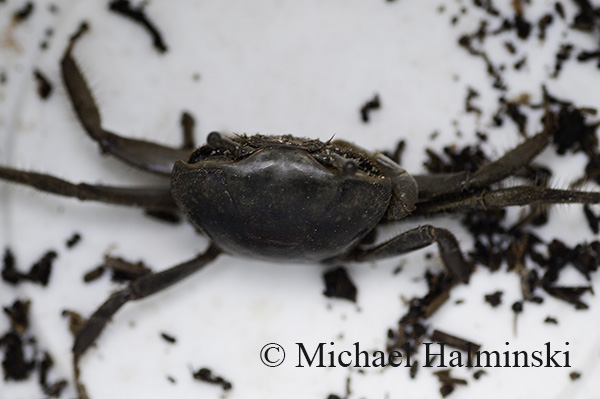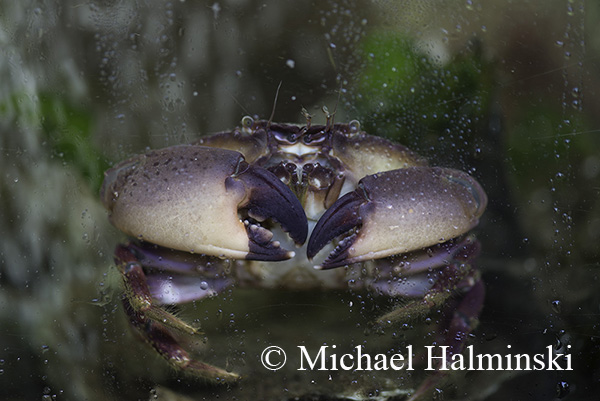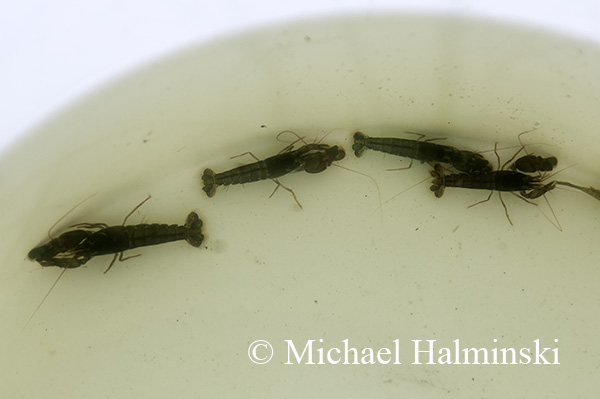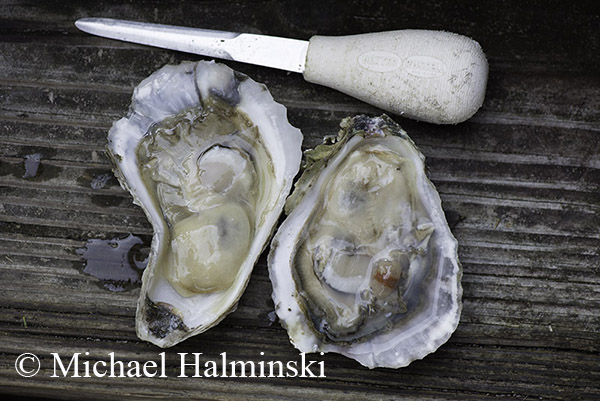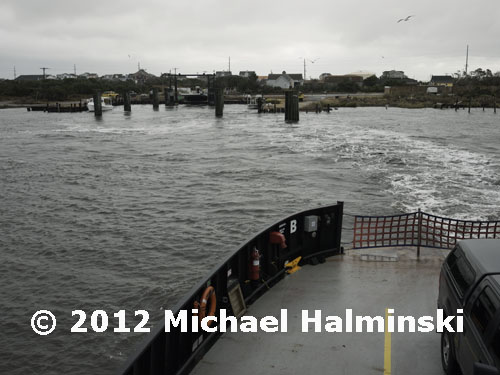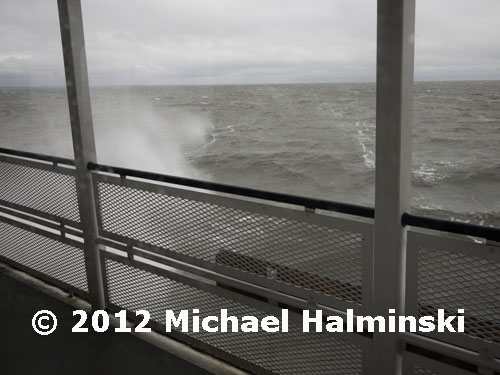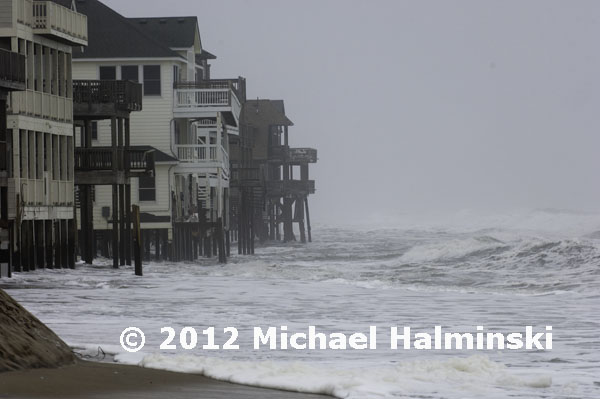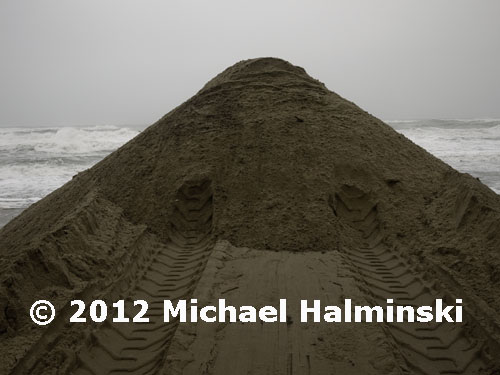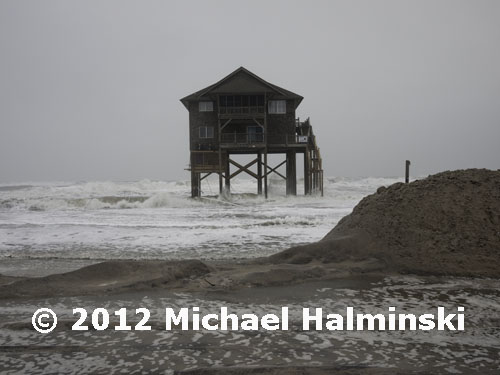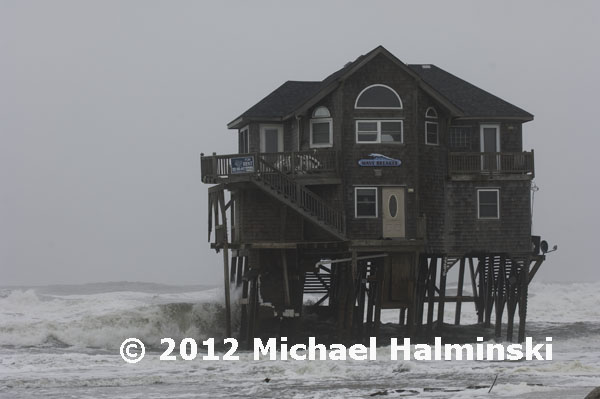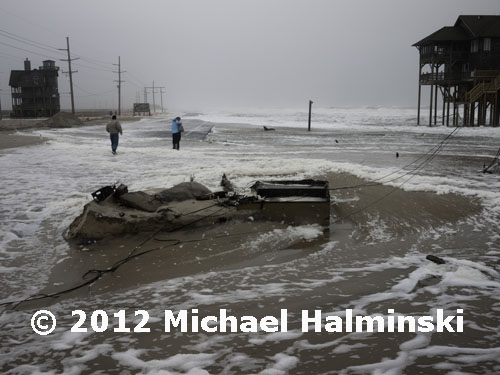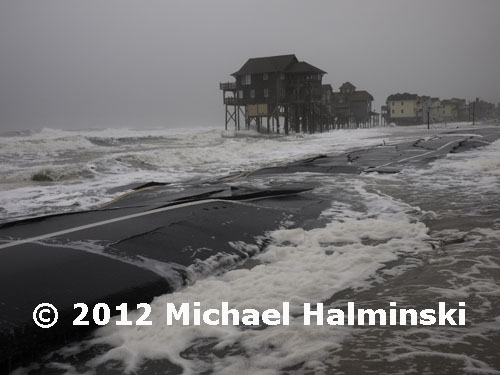I’ve never had a 4th of July celebration quite like this year. It came with a big bang. Hurricane Arthur was a little too much, too soon. Winds began to really wail at around 2 in the morning, and by 4 or so they were approaching, possibly exceeding 100 mph. I drifted in and out of sleep, winds buffeting the roof over my head.
The wind fell out briefly then switched back to hurricane force, pushing the Pamlico Sound waters across our vulnerable village. My barometer read 978 millibars and gradually began to rise around 5:00 or so.
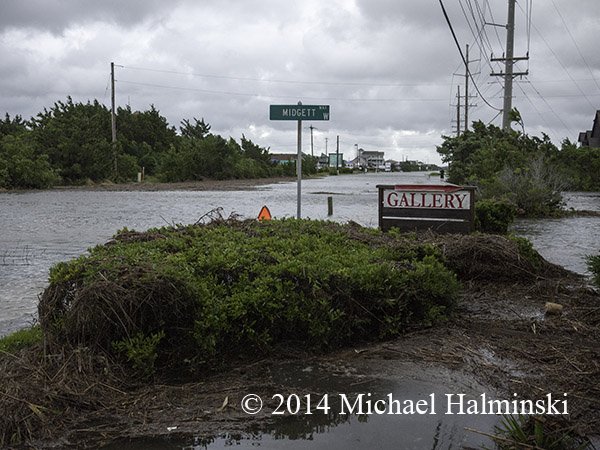
At dawn Arthur revealed her wrath. It was a wind and storm surge flooding event, and I knew from experience this would make for an arduous clean up. I’ll continue this blog after I’ve had time to pick up the pieces and regain my composure.
The day after the storm, Denise and I went to the Waves Market for a sandwich from their Deli. The Weather Channel was out front preparing for a broadcast. I spoke to an assistant as meteorologist Jim Cantore walked up to say hello. Denise came over and said she had placed our order at the Deli. Jim replied that he’d just eaten there and that “their sandwiches are phenomenal”. That’s an endorsement we agree with.
We spoke of storm surges and flooding. Cantore added that this time the hurricane’s speed of movement was our friend. I couldn’t agree more with him. It made the effects much less than it could have been.
To Be Continued…


